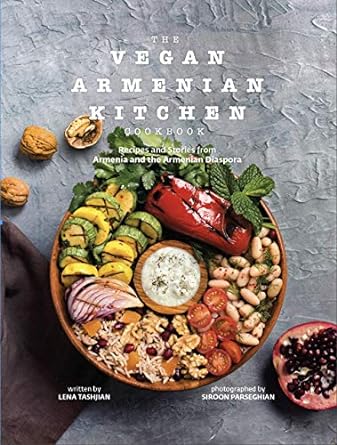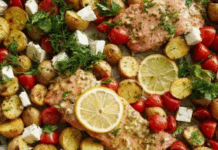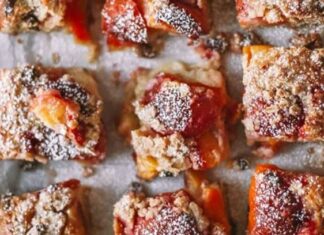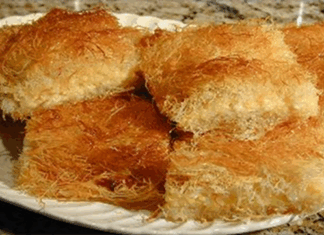LOS ANGELES — “I enjoyed this specialty bread during my first year in Armenia and received the revered ‘lucky’ piece — and had many more incredible years in Armenia,” says author, writer, and recipe developer Lena Tashjian. “Darehats is an Armenian traditional bread served when the family gathers around the holiday table, the chef or cook cuts the bread and serves it to the members of the family and their guests. The family member who receives the portion of bread with the coin (the revered piece) is granted good luck and blessings during the upcoming year.”
“The Darehats, or Bread of the Year, is a naturally vegan bread prepared for the New Year. It is usually served on New Year’s Day or early January (or really, at any time of year). It features a beautiful design on top, similar to gata. In addition to kneading the dough, many chefs may add a coin or fruit seed on top of the middle layer before sealing it. The cake is then cut into 12 pieces to represent the New Year — or depending on how many people will be enjoying it. It is said the tradition of Darehats (other names are Dari, Grgene, Kloj, etc.) began centuries ago. In the spring, the first man or baker prepared the bread using the last of the dried fruits and decorated it with seeds. The bread was dedicated to the gods in the hope of a productive crop for the new year,” adds Lena.
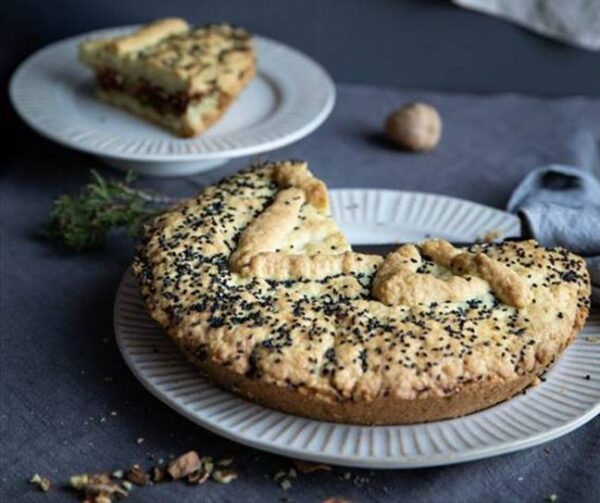
Ingredients:
3 1/2 cups all-purpose flour
2 teaspoons baking soda
3⁄4 cup sugar



